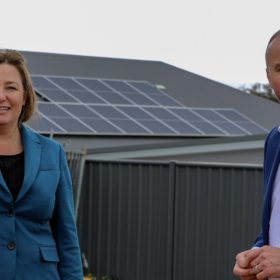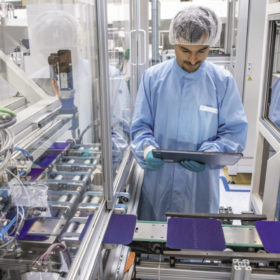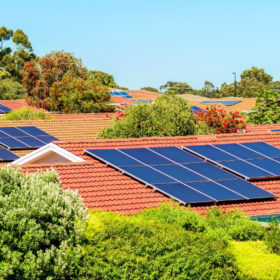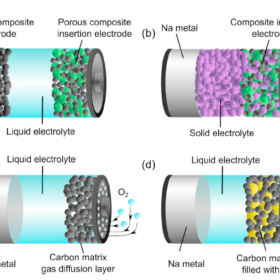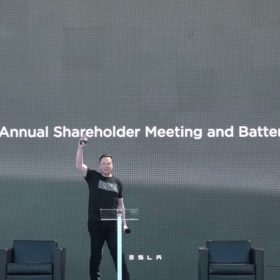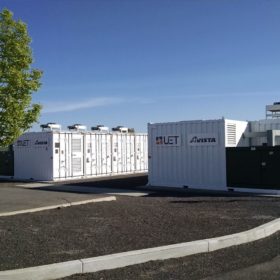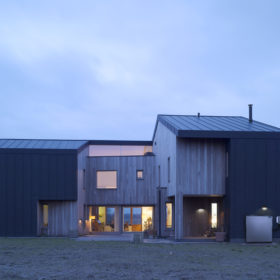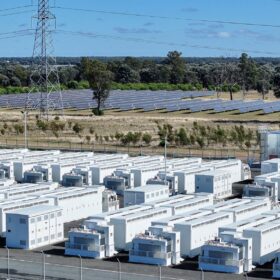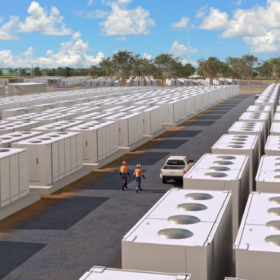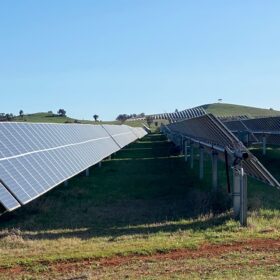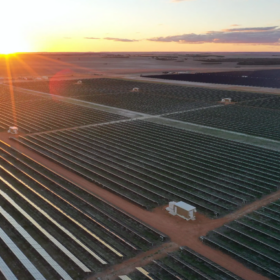Granny Smith gold mine receives one of the world’s largest renewable energy microgrids
In a move which is sure to pan out well for Granny Smith gold mine in Western Australia, Aggreko has installed one of Australia’s largest renewable energy microgrids comprising 7.7 MWp of solar energy generation which will integrate with the site’s existing power station. pv magazine sat down with Aggreko’s Managing Director of Microgrids and Storage solutions, Karim Wazni, to discuss how microgrids and energy storage can help transition Australia’s resource sector.
Off-grid solar solution provides water security breakthrough for remote communities
Solar and energy storage play an essential role in Project Gilghi, an off-grid water security innovation that has the potential to help a great many Australians, particularly Indigenous Australians, and people around the world who are struggling with poor access to potable water and sanitation.
ACT Labor promises 250 MW network of batteries if re-elected
ACT Chief Minister Andrew Barr has promised that if ACT Labor is re-elected in October, his government will invest $100 million over the next five years toward the construction of a 250 MW citywide battery network. A battery of that size is unprecedented but certainly achievable, and every Canberran can take part.
IRENA presents $2tn plan to drive 5.5m renewables jobs by 2023
Doubling down on renewable energy investment and energy transition spending is required to ensure a truly green global recovery from the Covid-19 crisis and its economic aftershock, claims the International Renewable Energy Agency.
A line in the silicon: SA solar industry inverted as new regulations come into effect
South Australia’s new solar installation regulations came into effect on September 28. The regulations, designed to better manage a distributed energy system, are thought rushed by some in the industry, but ultimately they should facilitate more solar integration.
An optimistic – but realistic – perspective for sodium batteries
International researchers have analysed the potential of sodium-based energy storage and found recent technical advances have arrived faster than those for the lithium-ion batteries which have been studied for three decades. Issues remain, however, before sodium constitutes a complementary option to lithium.
AGL expands VPP with solar battery sales to eastern states
AGL Energy has expanded its solar battery VPP to Queensland, New South Wales and Victoria with the immediate launch of solar battery sales for residents of the eastern states, while solar and battery bundles will be available by the end of the year.
WoodMac: Tesla Battery Day 2020: Too good to be true?
Like most Tesla events, speculation and hype were at all-time highs after CEO Elon Musk hinted that something “very insane” would be revealed. He was not far off! Tesla detailed a completely new cell, along with plans to improve manufacturing, costs and shrink the battery supply chain. With such bold claims come many questions.
Best membrane for vanadium redox flow batteries
A new research paper looks at the membranes used for applications in vanadium redox flow batteries. It outlines various membrane technologies and the obstacles to bringing batteries to mass production.
Smooth operators: Australian-designed ESS spells grid independence for the 24-60 kWh end of town
“We’ve put together the best components to make a unique Australian-designed solution that is compliant to the new battery standards,” says EVO Power’s Jamie Allen. Off grid or upmarket, just add solar.


